Launch Campaign in Esrange as the Highlight of the REXUS/BEXUS Programme
by Greta Sondej and Christoph Kulmann
“There is no comfortable path that leads from the earth to the stars”, this was already known by the Roman philosopher and naturalist Lucius Annaeus Seneca (ca. 4 BC – 65 AD), also known as Seneca the Younger.
For our journey to the stars, we have been working towards this event for almost two years with our FORAREX project: The Launch Campaign at the European Space and Sounding Rocket Range (Esrange) at the civilian balloon and rocket launch site near Kiruna in northern Sweden. It is the highlight of the German-Swedish student programme REXUS/BEXUS, which we have already presented here on the Science Blog.

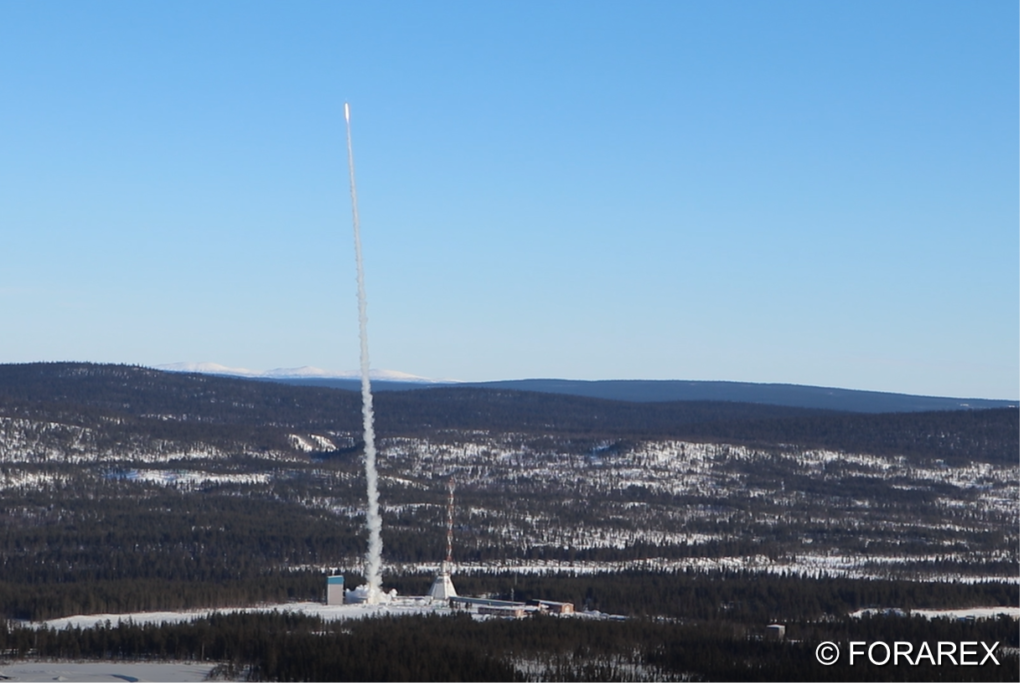
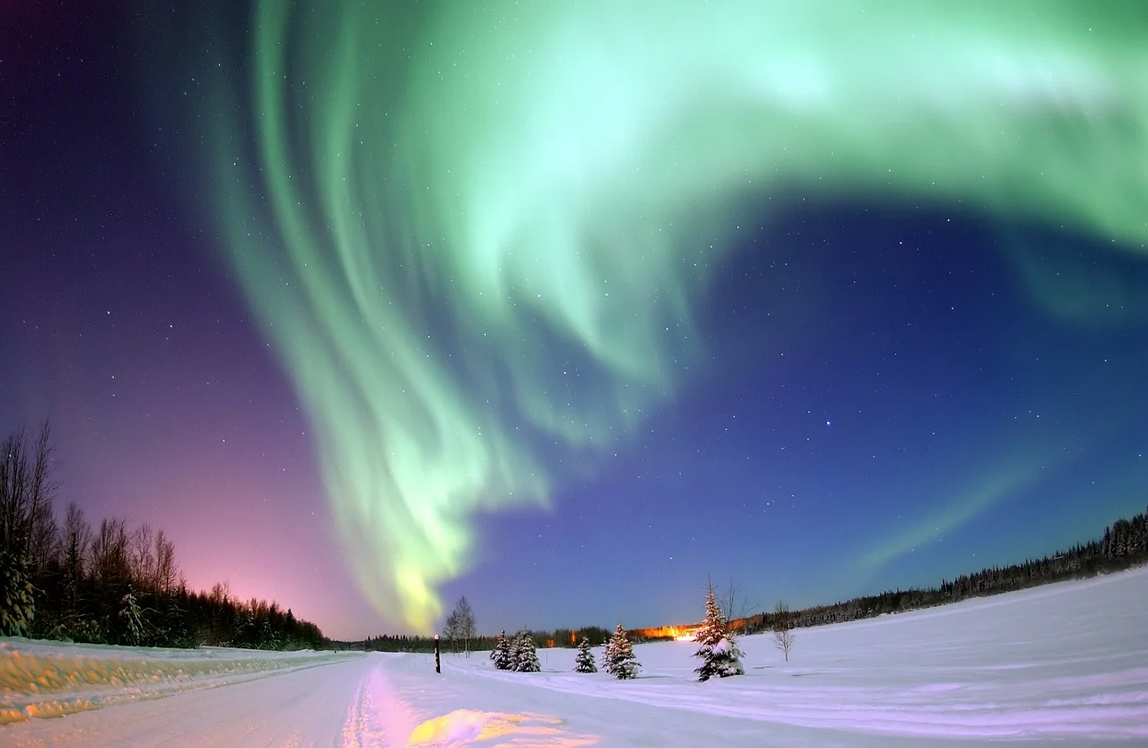
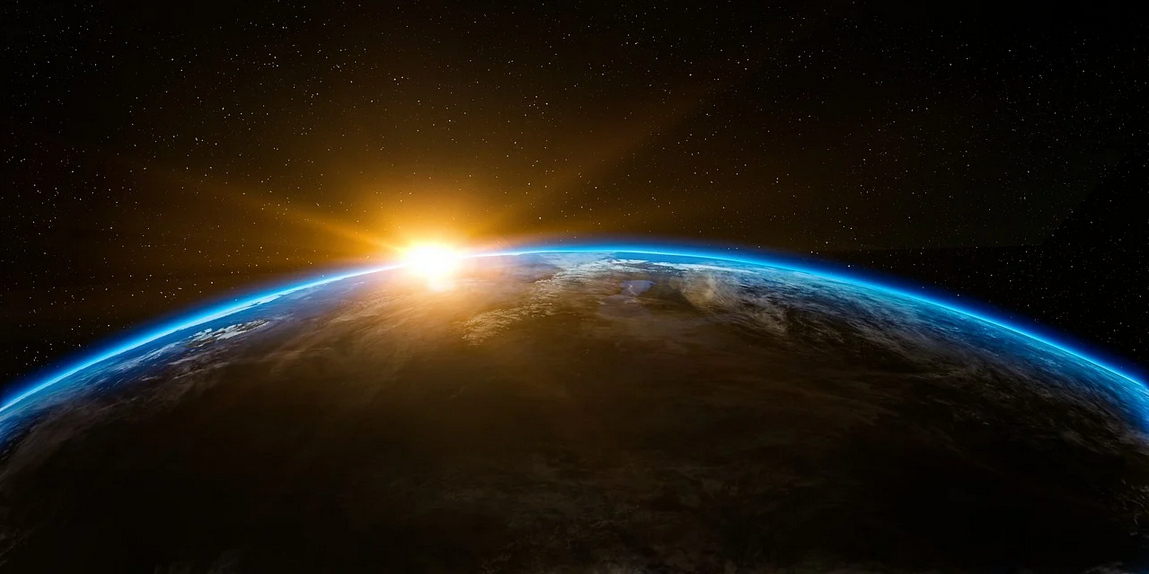
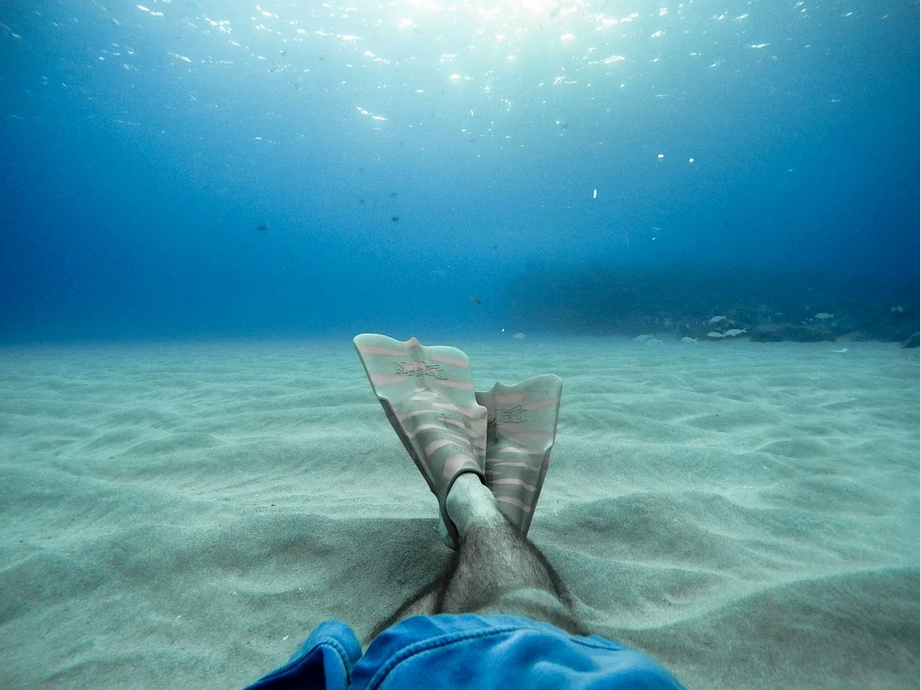
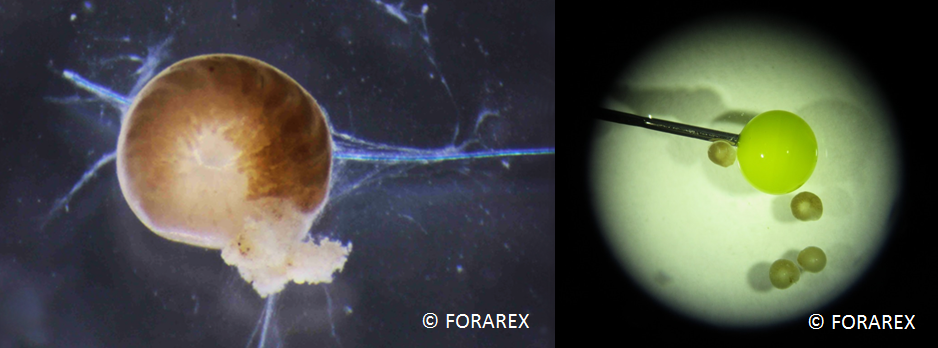
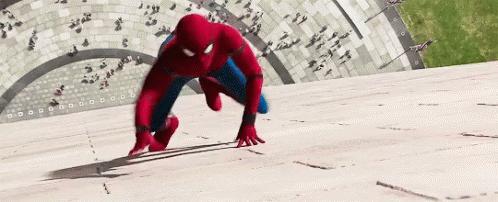
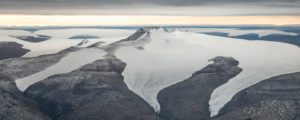







Recent Comments